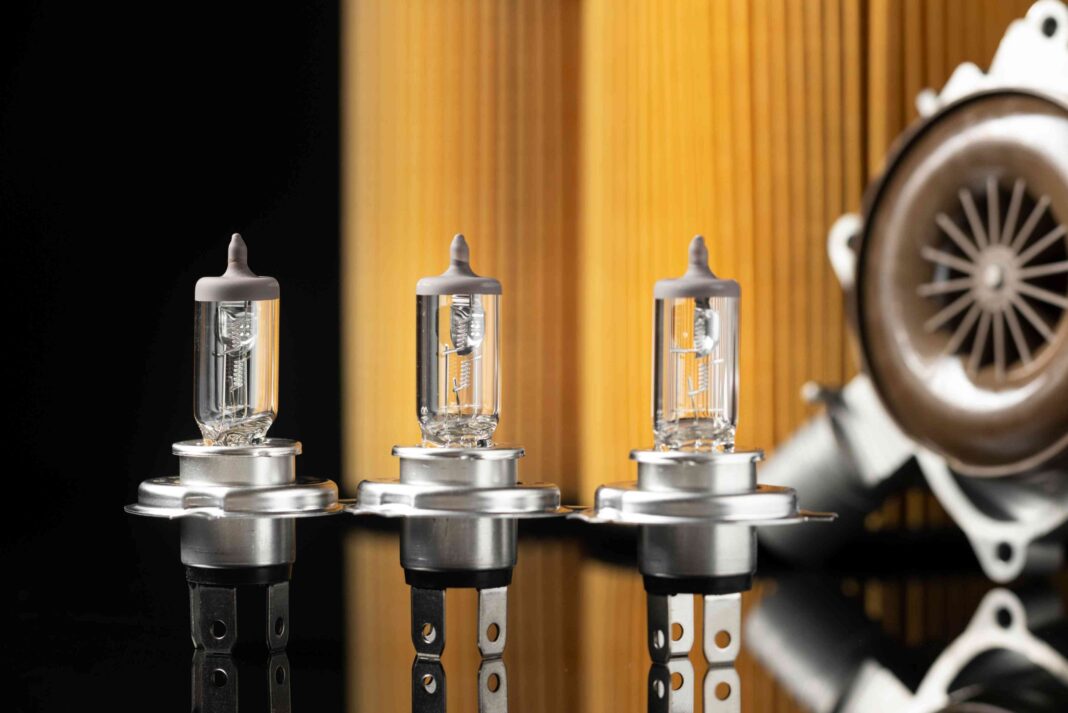Introduction To JD133B 12V Relay
Have you ever wondered how many of the gadgets we use daily can seamlessly switch on and off? Or how complex electrical systems perform their magic without missing a beat? Enter the JD133B 12V Relay, a small yet powerful component that bridges the gap between low-power control signals and high-power devices. Whether you’re a hobbyist, a car enthusiast, or just curious, this guide will unlock the secrets of the JD133B 12V Relay in simple, relatable terms.
Ready to dive in? Let’s get started!
What is a JD133B 12V Relay?
A relay might sound mysterious, but at its core, it’s just an electrical switch operated by a signal. The JD133B 12V Relay is a specific type designed to operate on a 12-volt input, making it perfect for automotive and small-scale electronic projects. Imagine it as a reliable middleman that helps one circuit control another without direct interaction.
How Does a Relay Work?
Relays function through electromagnetism. When electricity flows through the relay’s coil, it creates a magnetic field that either opens or closes a circuit. Think of it as a doorman who opens the gate only when given the signal. This feature allows the JD133B 12V Relay to control high-current devices like motors or lights while using minimal power.
Why Choose the JD133B 12V Relay?
The JD133B 12V Relay is a crowd favorite for several reasons:
- Durability: Built to last, even under challenging conditions.
- Versatility: Works in a variety of applications, from vehicles to home automation.
- Compact Design: Small enough to fit in tight spaces yet powerful enough to handle heavy loads.
Components of the JD133B 12V Relay
Understanding its parts can demystify its operation:
- Coil: Generates a magnetic field when energized.
- Armature: The moving part that opens or closes the contacts.
- Contacts: Connect and disconnect the circuit.
- Frame: Encases and supports the internal components.
Each component works together harmoniously, much like the parts of a car engine.
Common Applications
The JD133B 12V Relay is widely used in:
- Automotive Systems: Powering headlights, horns, and fuel pumps.
- Home Automation: Controlling appliances like fans or heaters.
- DIY Projects: Perfect for enthusiasts building robots or custom circuits.
Installation Guide
Installing a JD133B 12V Relay is straightforward. Here’s how:
- Identify the Pins: Refer to the diagram on the relay for pin numbers.
- Connect the Coil: Attach the 12V power source to the coil pins.
- Wire the Load: Connect the device you’re controlling to the relay’s output pins.
- Test the Circuit: Ensure everything works as expected before securing connections.
Remember to double-check the wiring to avoid mishaps.
Troubleshooting Tips
Is your relay not working? Here are common issues and fixes:
- Check the Coil: Use a multimeter to ensure it’s receiving 12V.
- Inspect the Connections: Loose or incorrect wiring can cause failures.
- Examine the Contacts: Worn or burnt contacts may need replacement.
Maintenance and Care
Relays are low-maintenance but benefit from periodic checks:
- Clean Contacts: Prevent buildup that can disrupt operation.
- Avoid Overloading: Stick to the relay’s rated capacity.
- Store Properly: Keep spares in a dry, cool place to avoid corrosion.
Comparing Relays: JD133B vs Others
How does the JD133B stack up against other relays? Here’s a quick comparison:
| Feature | JD133B 12V Relay | Generic Relays |
| Durability | High | Medium |
| Applications | Versatile | Limited |
| Size | Compact | Varies |
The JD133B’s balance of performance and size makes it a standout choice.
Key Safety Tips
Working with relays involves some risks. Stay safe by:
- Disconnecting Power: Always turn off power before installation.
- Using Proper Tools: Avoid shortcuts with unsuitable tools.
- Following Instructions: Adhere to manufacturer guidelines.
Buying Guide
Ready to purchase a JD133B 12V Relay? Keep these in mind:
- Reputable Sellers: Choose trusted vendors for quality products.
- Specifications: Ensure the relay meets your project’s requirements.
- Warranty: Look for products with a warranty for peace of mind.
Frequently Asked Questions (FAQs)
1. What is the maximum current the JD133B 12V Relay can handle? The relay typically handles up to 30A, but check the specifications for your model.
2. Can the JD133B 12V Relay be used in AC circuits? Yes, but ensure it’s rated for the AC voltage and current you’re using.
3. How can I test if my relay is working? Apply 12V to the coil and listen for a clicking sound or use a multimeter to check the contacts.
4. Is the JD133B 12V Relay waterproof? Some models are weather-resistant, but additional protection is advised for outdoor use.
5. Where can I buy a JD133B 12V Relay? Online marketplaces, electronics stores, and automotive shops often stock them.
Conclusion
The JD133B 12V Relay might be small, but it’s a powerhouse in electrical systems. Whether you’re controlling lights in your car or automating devices at home, this relay is your trusted partner. By understanding its components, applications, and installation process, you’re well-equipped to make the most of it. Happy tinkering!


